Cupping therapy is one of the physical therapies in Traditional Chinese Medicine (TCM). Due to poor lifestyle habits, many modern individuals experience excessive dampness and coldness in their bodies, making cupping increasingly popular among clients. Whether dealing with general body aches or severe cold-damp conditions, applying a couple of cups can instantly rejuvenate one’s spirit.
As the saying goes: “Apply a cup, and half the illness goes away.” Cupping therapy has effects such as promoting circulation, invigorating blood flow, reducing swelling and pain, and dispelling wind and cold. What do the cup marks left on the body indicate about one’s health? Let’s explore the “diagnosis through cup marks” together.

According to TCM
cup marks showing moisture, blisters, or edema indicate that the patient has excessive dampness, coldness, or has been affected by cold and dampness; cup marks that are blood-red or dark red blisters indicate a pathological response of long-term dampness combined with blood stasis; purple-red or dark purple cup marks without stasis or fever indicate a condition of cold combined with blood stasis, varying in severity; purple-red or dark purple cup marks, or those that are slightly painful to touch and accompanied by body heat, indicate a heat syndrome; cup marks that are slightly itchy or show skin lines indicate a wind syndrome;
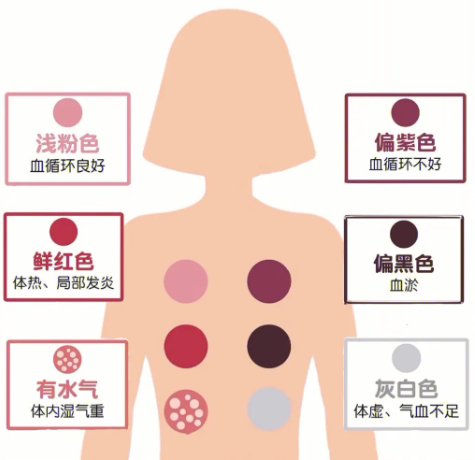
If the skin color shows no change and feels cool to the touch, it indicates a condition of deficiency and cold. If, after cupping, there are no cup marks or if the marks disappear immediately after removal, it suggests a relatively mild state of sub-health.
If the marks do not fade after a few days, it indicates that the condition has persisted for a long time, requiring more attention to health maintenance. As the condition improves, the cup marks will also lighten, indicating recovery.
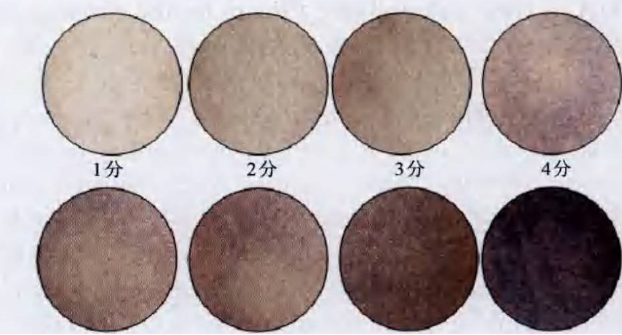
Diagnosis Methods Based on Different Body Areas
After cupping, the skin may show redness, purple-red, or dark purple bruises, small purple-red spots, known as “cup marks.” The appearance of cup marks in different body areas signals different health issues.
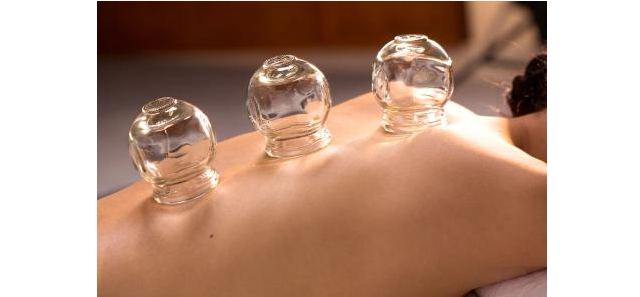
Cupping Point Map
After cupping, our bodies will have cup marks of different colors, which are an important representation for assessing health. Different cup marks indicate various issues.
Lung Area:
1. Purple-red spots on both sides during cupping indicate bronchitis. 2. Red patches during cupping indicate lung heat, with symptoms such as thirst and chest pain. 3. Small patches during cupping indicate respiratory tract inflammation, such as pharyngitis or rhinitis. 4. Light purple or red indicates tonsillitis. 5. Light purple or red indicates lymphatic swelling. 6. White indicates lung deficiency. 7. Enlarged pores indicate wind invasion, affected by wind and cold, with stiff neck and shoulder pain or accompanied by shoulder periarthritis.
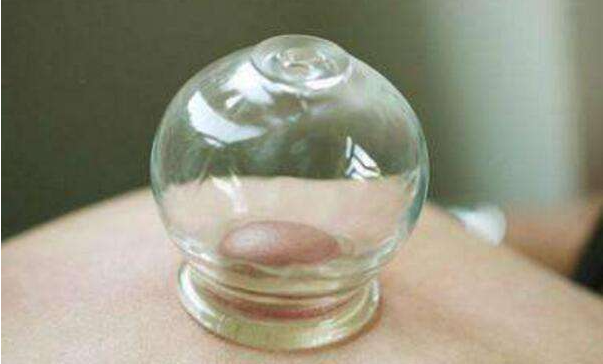
Heart Area:
1. Continuous purple-red marks indicate obstruction in the heart meridian, which may cause chest tightness and shortness of breath. 2. Small area spots indicate insufficient blood supply to the brain, leading to dizziness and a feeling of numbness in the head. 3. Purple-red stripes indicate cervical spine issues. 4. White indicates myocardial ischemia. 5. Enlarged pores with mist indicate rheumatic heart disease. 6. White indicates qi and blood deficiency. 7. Depressed areas indicate insufficient heart blood, weak pulse, and shortness of breath. 8. Red indicates excessive heart fire.
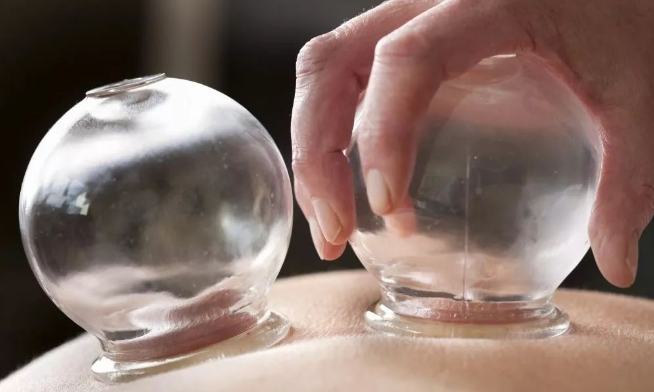
Gallbladder Area:
1. Depressed small pits indicate gallstones. 2. Purple-red spots around indicate dysfunction in gallbladder excretion, which may lead to symptoms such as bitter taste, rib pain, and jaundice. 3. White indicates low gallbladder function. 4. Light purple circles indicate fright and timidity. 5. Patchy red spots indicate cholecystitis.
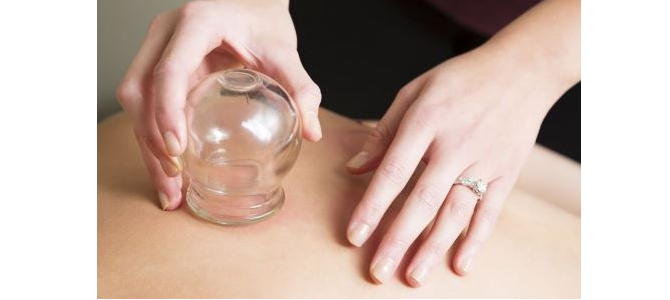
Liver Area:
1. Red spots during cupping indicate liver fire, which may cause headaches, irritability, flushed face, yellow urine, and dry stools. 2. Blue center during cupping indicates hepatitis. 3. Light purple circles around indicate qi stagnation due to anger. 4. Purple circles indicate fatty liver. 5. Extensive red areas with swelling indicate alcoholic liver disease. 6. Entire liver area showing purple or purple-red indicates high blood viscosity. 7. Purple-blue and stiff indicate liver cirrhosis. 8. Purple-blue spots with white interspersed indicate possible liver ascites.
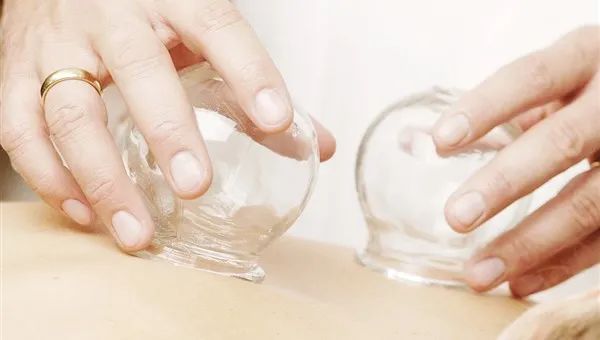
Spleen Area:
1. Red spots during cupping indicate poor appetite or fullness after eating, with loose stools and possible dizziness and fatigue. 2. Purple-red and raised spots indicate signs of spleen enlargement, accompanied by irritability and unstable temperament. 3. Red or pink with enlarged pores indicate spleen damp-heat, chills, and spontaneous sweating. 4. Depressed areas indicate poor spleen function, weakness, sluggishness, and reluctance to speak. 5. Light purple or purple circles indicate qi stagnation and irritability. 6. Entire area showing purple or purple-red indicates high blood lipids and possibly high blood pressure.
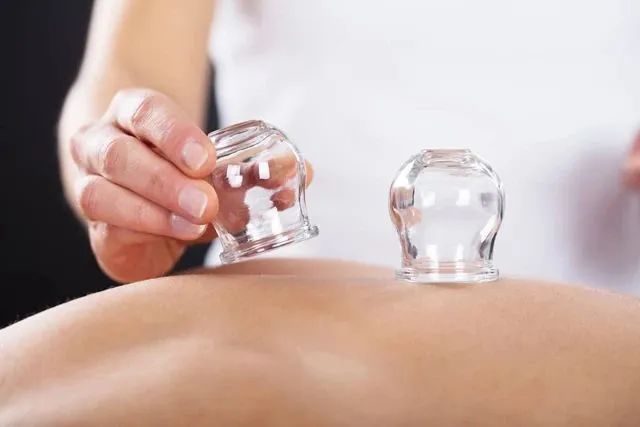
Stomach Area:
1. Red patches during cupping indicate stomach issues. 2. White center indicates stomach cold, manifesting as stomach pain that worsens with cold. 3. Red indicates excessive heat, poor appetite, and food stagnation. 4. Light purple circles indicate emotional distress. 5. Light purple circles around indicate superficial gastritis. 6. Dark purple circles indicate chronic gastritis. 7. Depressed areas with light purple indicate atrophic gastritis. 8. Depressed areas with gray-white indicate poor stomach function and slow peristalsis, with reduced appetite and abnormal stools.
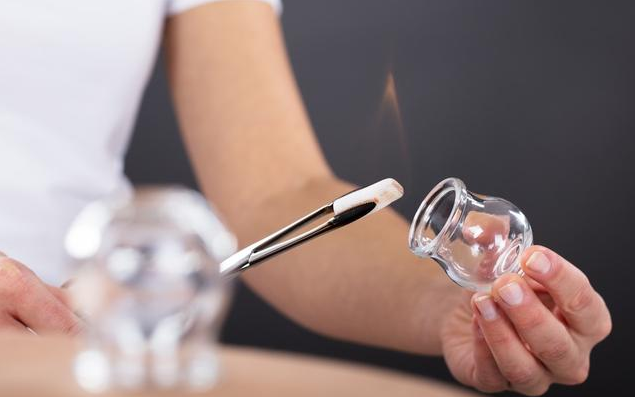
Large Intestine Area:
1. Purple-red cup marks indicate heat in the large intestine, which may cause dry stools or symptoms like bad breath and dizziness. 2. Light purple circles indicate retained stool and dryness. 3. White indicates wind-cold invasion, primarily in the abdomen. 4. Red and enlarged pores indicate large intestine damp-heat, poor digestion, frequent stools, or post-meal bowel movements. 5. Gray-white and depressed areas indicate slow large intestine peristalsis, or constipation lasting three to five days with hard stools. 6. Red spots indicate enteritis, while purple spots indicate chronic enteritis. Light purple spots indicate a history of enteritis.
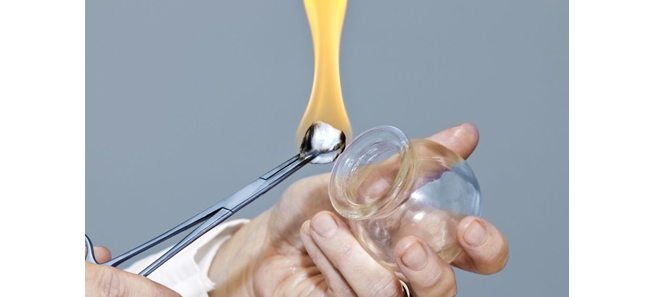
Small Intestine Area:
1. Purple-red spots indicate small intestine dysfunction, primarily manifesting as abnormal bowel movements, lower abdominal cramps, and bloating. 2. White with enlarged pores indicates wind-cold invasion, primarily in the abdomen, accompanied by bowel sounds and gas. 3. Gray-white and depressed areas indicate slow small intestine peristalsis. 4. Purple-red spots indicate enteritis. 5. Dark red circles indicate ulceration. 6. Dark purple indicates toxins in the intestines. 7. Light purple spots indicate a history of inflammation. 8. Dark purple circles around indicate constipation and retained stool.
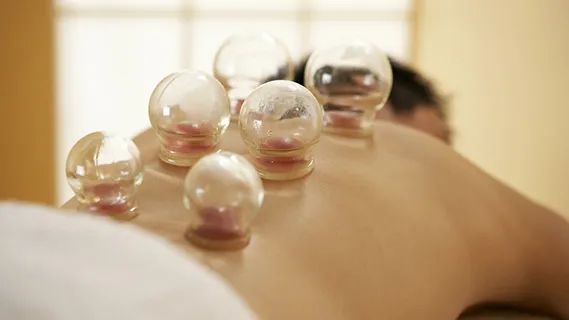
Kidney Area:
1. Purple-red spots indicate kidney qi deficiency, such as chronic nephritis, frequent clear urination, nocturia, and soreness in the lower back and legs. 2. White indicates kidney deficiency with water retention, severe swelling below the waist, reduced urine output, and in severe cases, abdominal distension and scrotal swelling. 3. Depressed small pits indicate granular kidney stones, while white sandy granular pits indicate gravel-like kidney stones. 4. Enlarged pores that do not fade indicate wind-cold in the left kidney, while the right kidney indicates rheumatism in the joints of the legs. 5. Purple spots indicate past injuries to the lower back, such as sprains, bruises, or other trauma. 6. Internal purple or light purple circles indicate water retention in the kidneys. 7. Significant color contrast between the kidneys, such as purple-red on the left and gray-white on the right, indicates uncoordinated kidney function, with excess yang and deficient yin, or vice versa. 8. Entire kidney area showing purple-red and hard indicates hyperfunction.
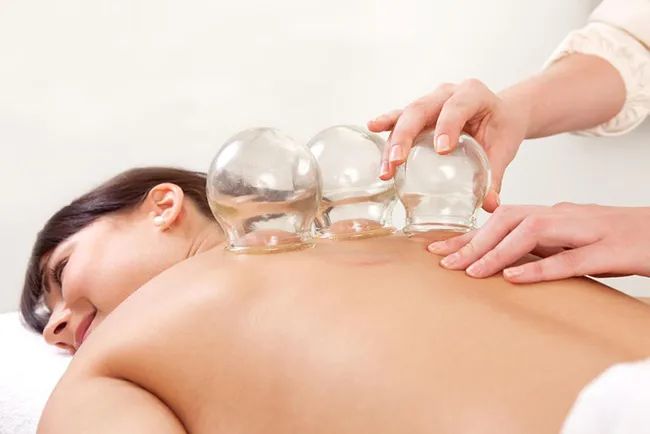
Bladder Area:
1. Purple-red bruises indicate prostatitis in males, with symptoms such as frequent urination, urgency, pain, or difficulty urinating, and cloudy urine; in females, it indicates menstrual irregularities and other gynecological issues. 2. Purple-red spots with dull color indicate benign prostatic hyperplasia in males and cervical erosion in females. 3. Purple-red spots in the lower area indicate hemorrhoids. 4. If the outer circle is white and the inner circle is light purple, it indicates signs of diabetes; if the center is red, it indicates current exacerbation. At least two signs should be present. 5. Peeling skin indicates chronic diabetes symptoms. 6. If the entire cup shows gray-white and depressed areas, it indicates sexual dysfunction. 7. Irregular light purple circles indicate past trauma and kidney dysfunction. 8. Dark purple spots in females indicate gynecological diseases, with upper spots indicating uterine issues and diagonal spots indicating appendage or ovarian diseases. 9. Light purple spots in females indicate uterine fibroids. Note: Leave the cups on for 5 to 6 minutes, and assess the skin after removal to determine the disease. This method is based on clinical experience and should not be used as a theoretical basis, only for reference.
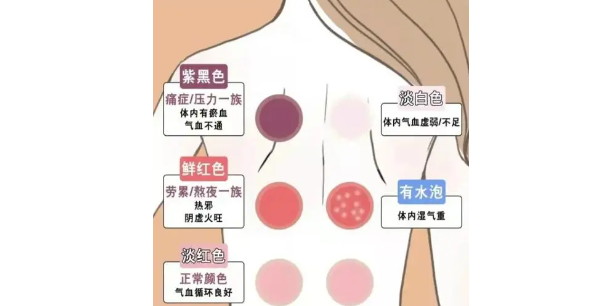
How to Adjust Based on Different Cup Marks?
1. Cup marks that are purple with patches indicate local cold and blood stasis. At this time, patients should focus on dispelling cold. When eating, they can consume more scallions and ginger and pay attention to keeping warm.
2. Cup marks that are scattered purple dots indicate qi stagnation and blood stasis. At this time, patients should focus on invigorating blood and qi, engaging in more exercise, or drinking rose tea.
3. Dark purple cup marks indicate blood stasis, such as dysmenorrhea or insufficient blood supply to the heart, with significant coldness in the affected area. Patients should invigorate blood and break stasis, consuming more black fungus and onions.

4. Light purple cup marks with patches generally indicate a deficiency syndrome. If the spots are prominent at acupoints, it suggests weakness in the related organs, such as kidney deficiency if at the Shen Shu (Kidney Shu) point. Targeted herbal treatment is needed.
5. Bright red cup marks generally indicate yin deficiency or deficiency of both qi and yin. At this time, patients can tonify qi and nourish yin by consuming more chicken for qi, and foods like black sesame, yam, goji berries, grapes, and white fungus, while reducing alcohol and increasing sleep to nourish yin.

【Disclaimer:This text and related images are representations of this project and are for reference only; some materials in the text are sourced from the internet. If there are any copyright issues, please contact us for removal.
Previous Highlights
◆ Sweating is the best maintenance in summer! Learn 6 tips for healthy sweating to feel revitalized~
◆ The liver governs tendons, the kidneys govern bones, the spleen governs flesh, the heart governs… A comprehensive table of the functions of the five organs and six bowels, insightful!
◆ Why do you burp, pass gas, or hear gurgling sounds when massaging your stomach? Is there a problem with the body?
Customer Engagement
Viral Content
Custom
Posters
Events
Templates


